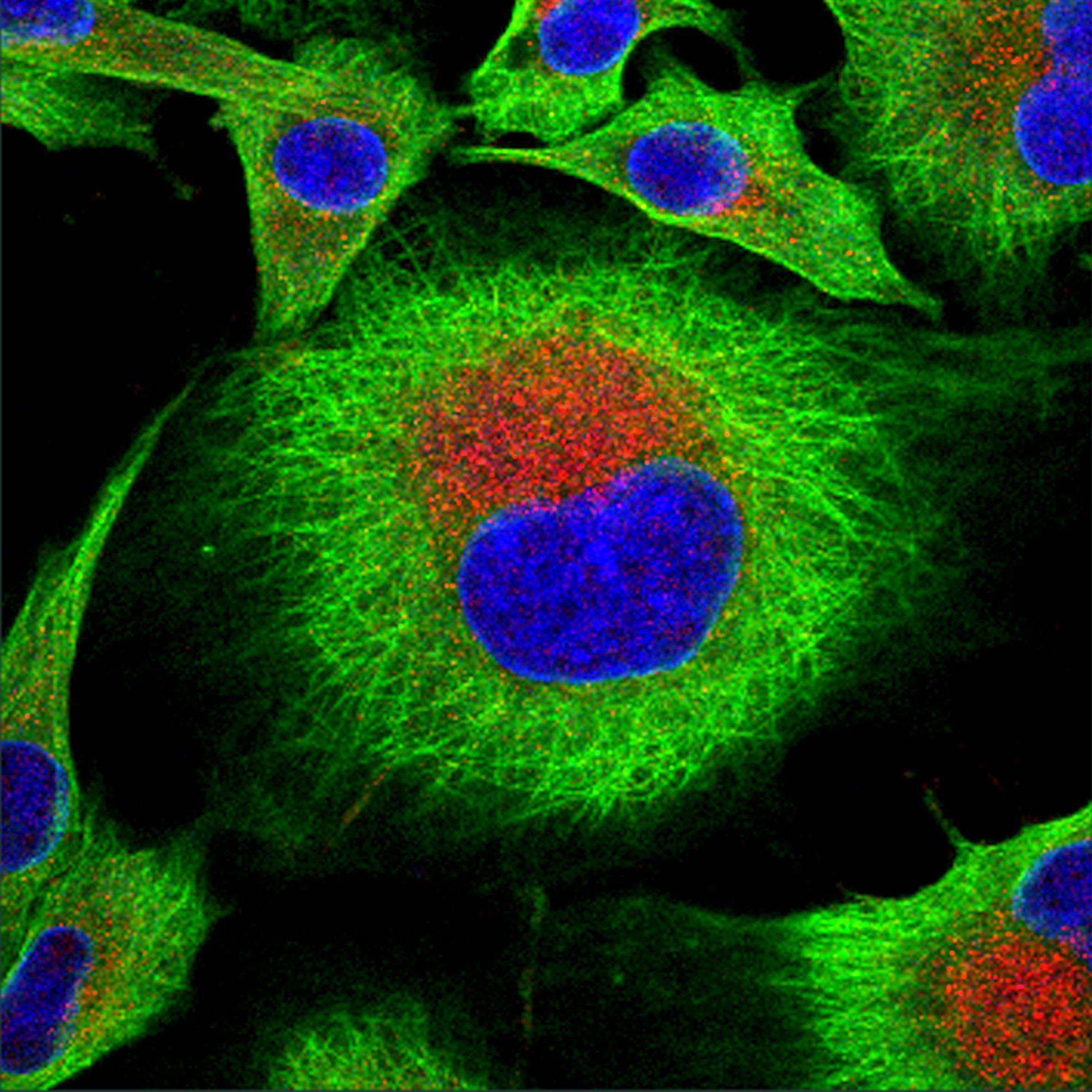Understanding foot-and-mouth disease virus transmission biology: identification of the indicators of infectiousness
The control of foot-and-mouth disease virus (FMDV) outbreaks in non-endemic countries relies on the rapid detection and removal of infected animals. In this paper we use the observed relationship between the onset of clinical signs and direct contact transmission of FMDV to identify predictors for the onset of clinical signs and identify possible approaches to preclinical screening in the field. Threshold levels for various virological and immunological variables were determined using Receiver Operating Characteristic (ROC) curve analysis and then tested using generalized linear mixed models to determine their ability to predict the onset of clinical signs. In addition, concordance statistics between qualitative real time PCR test results and virus isolation results were evaluated. For the majority of animals (71%), the onset of clinical signs occurred 3-4 days post infection. The onset of clinical signs was associated with high levels of virus in the blood, oropharyngeal fluid and nasal fluid. Virus is first detectable in the oropharyngeal fluid, but detection of virus in the blood and nasal fluid may also be good candidates for preclinical indicators. Detection of virus in the air was also significantly associated with transmission. This study is the first to identify statistically significant indicators of infectiousness for FMDV at defined time periods during disease progression in a natural host species. Identifying factors associated with infectiousness will advance our understanding of transmission mechanisms and refine intra-herd and inter-herd disease transmission models.

